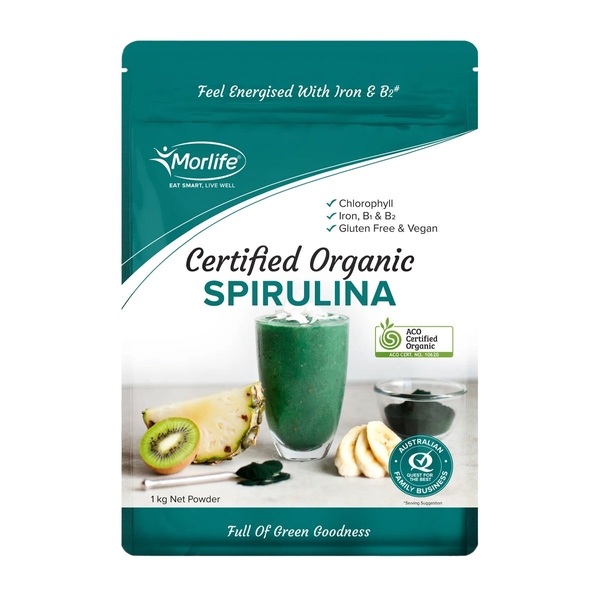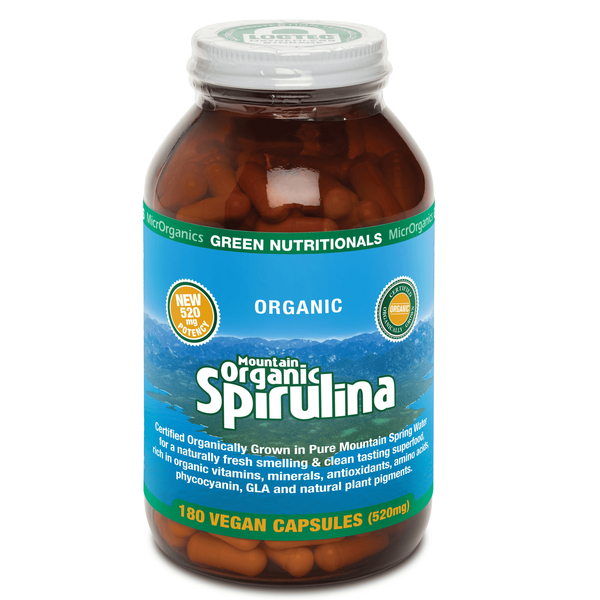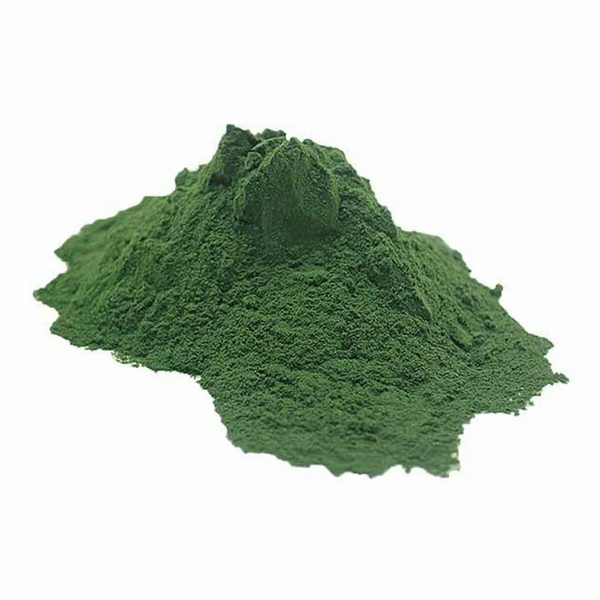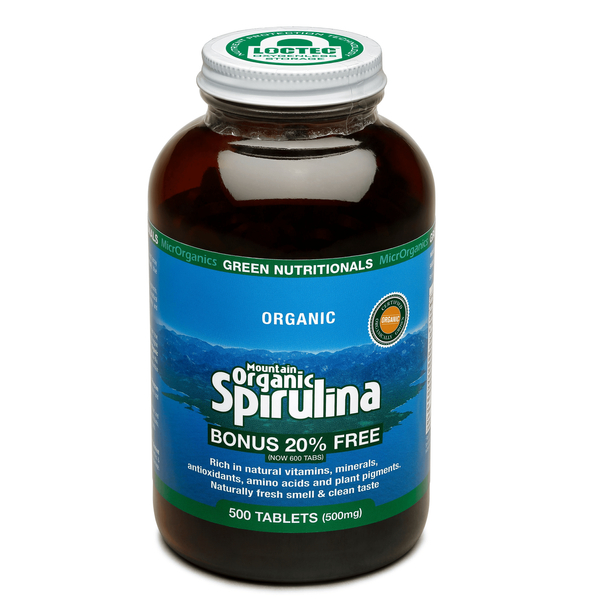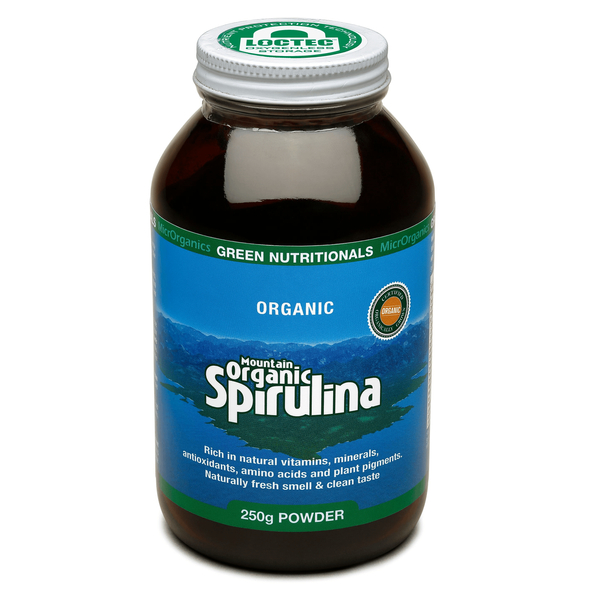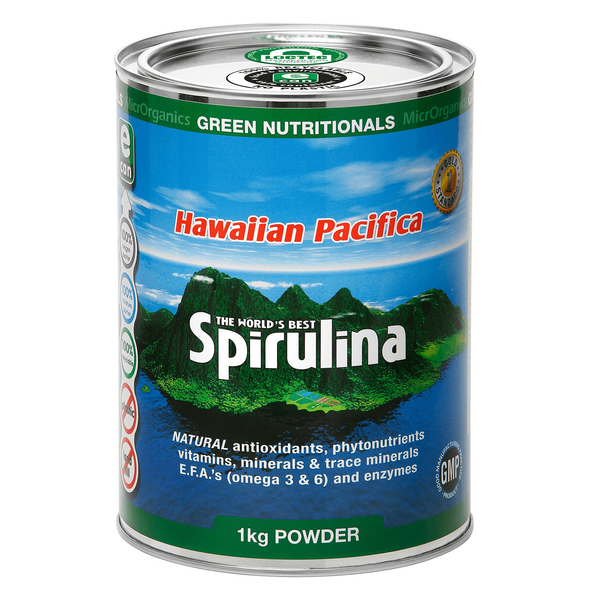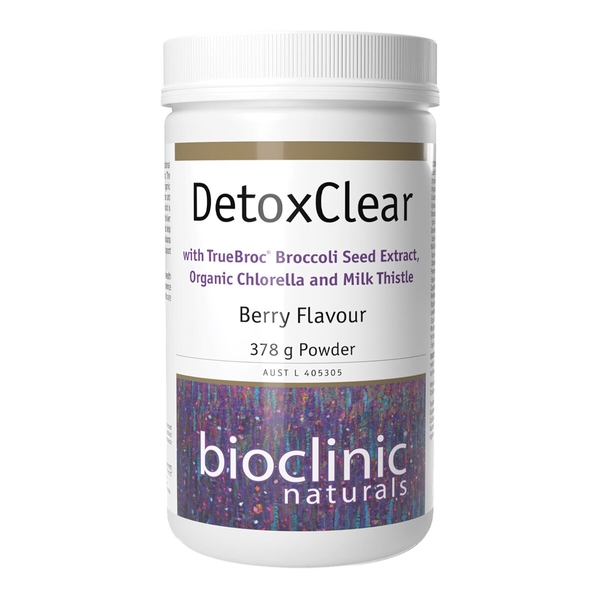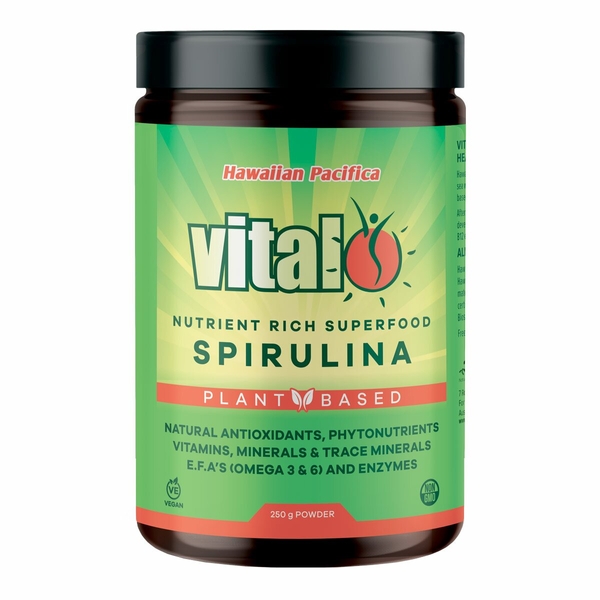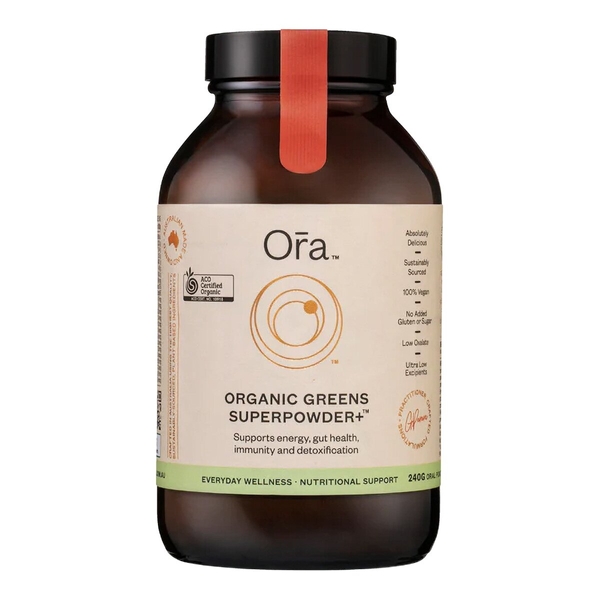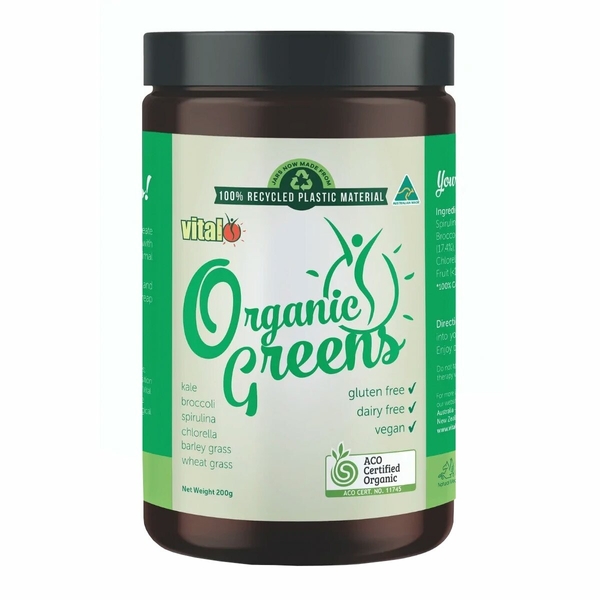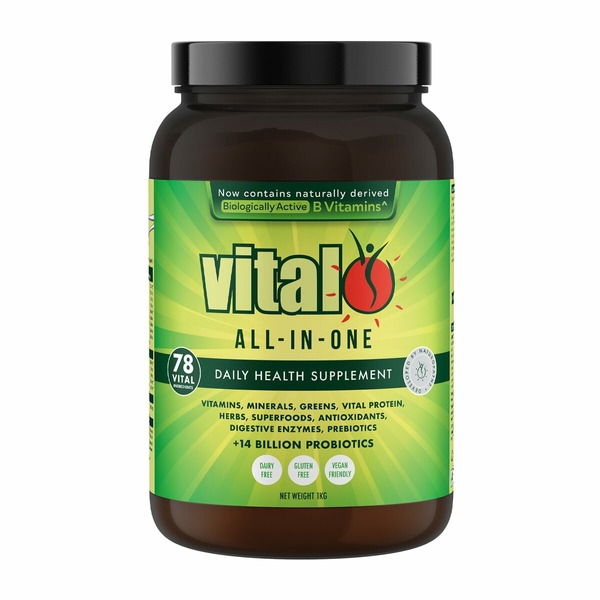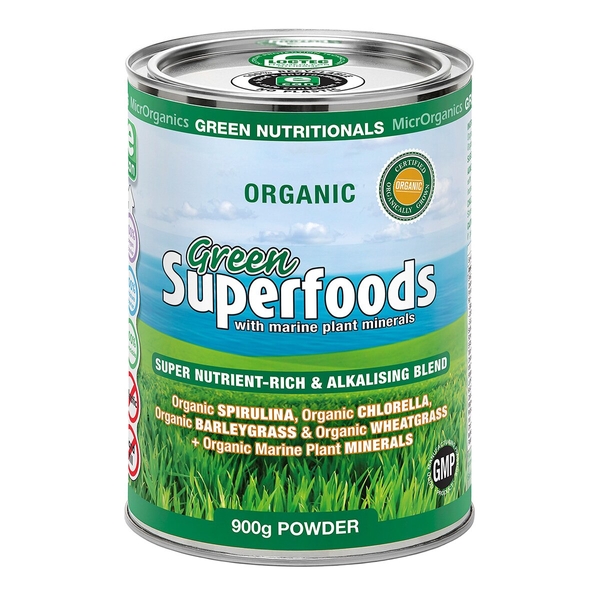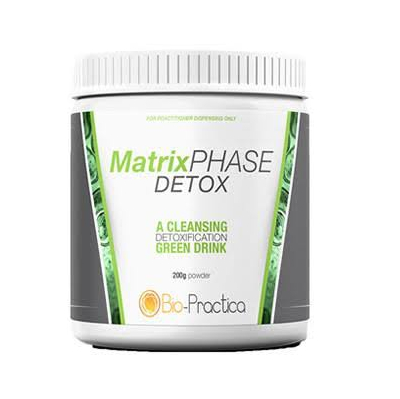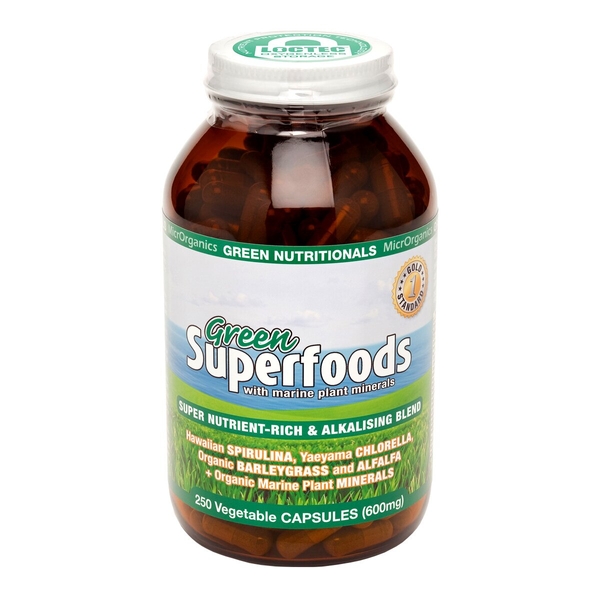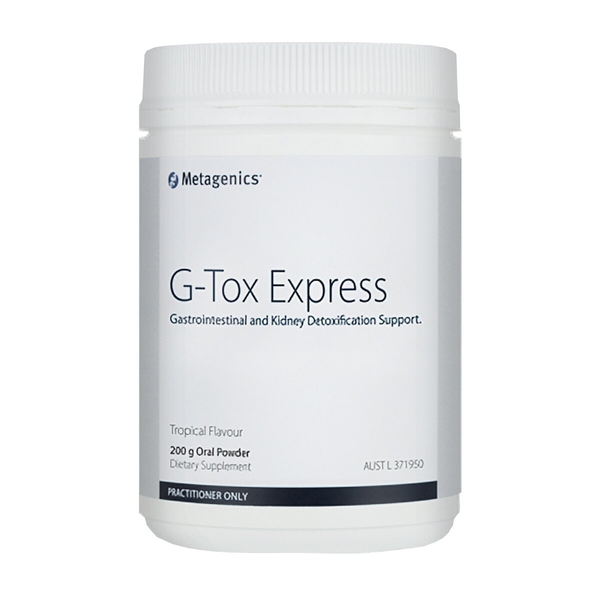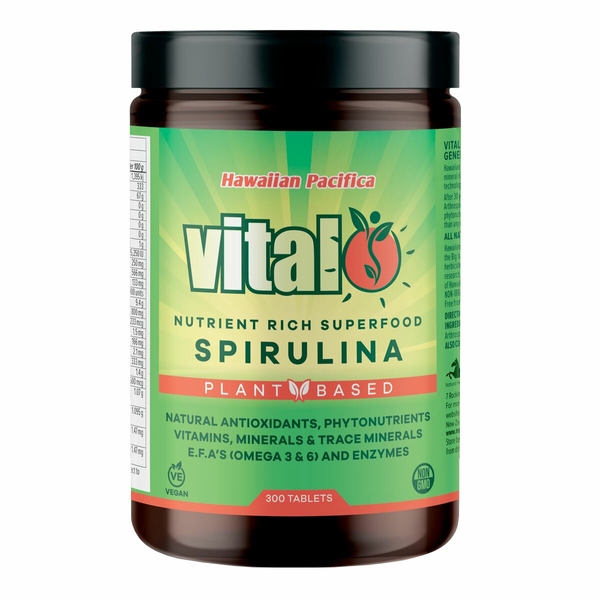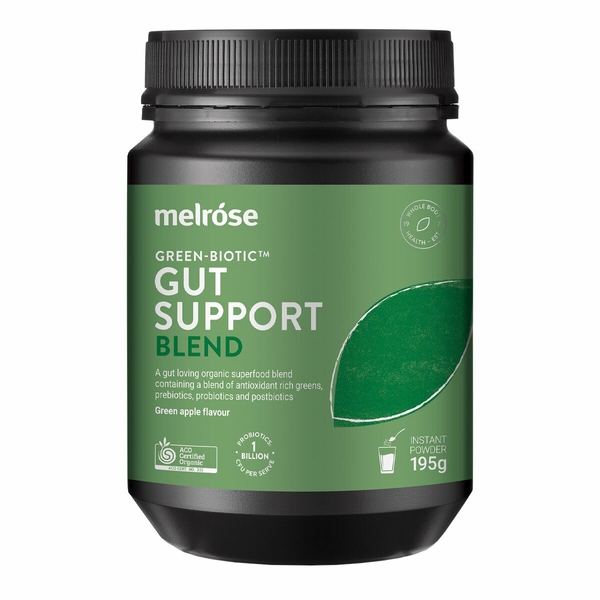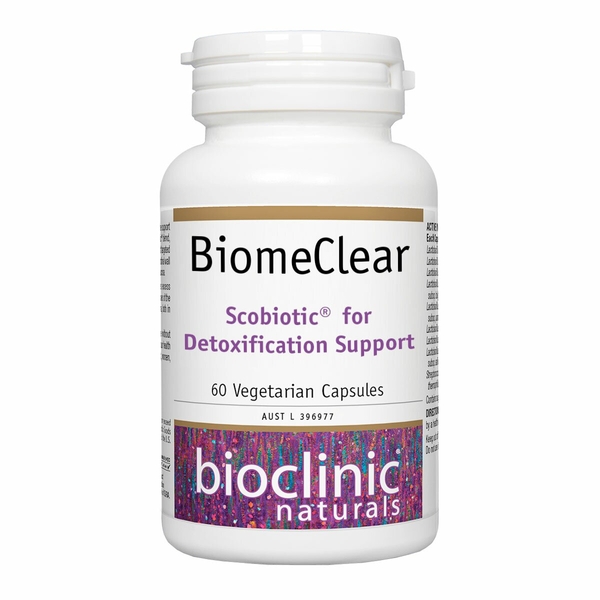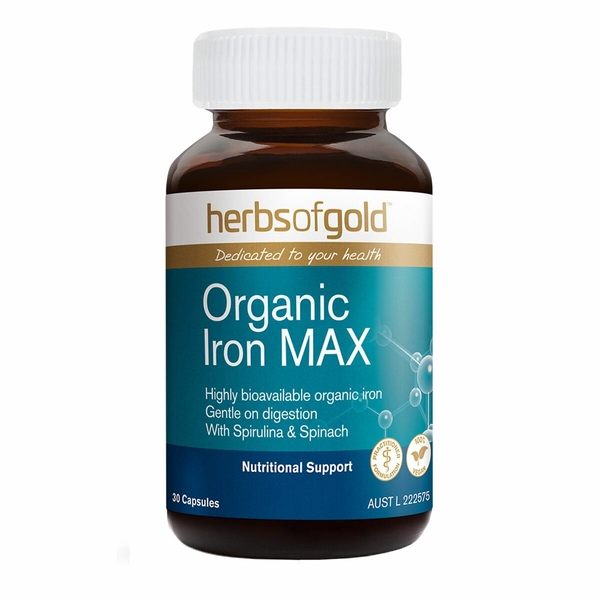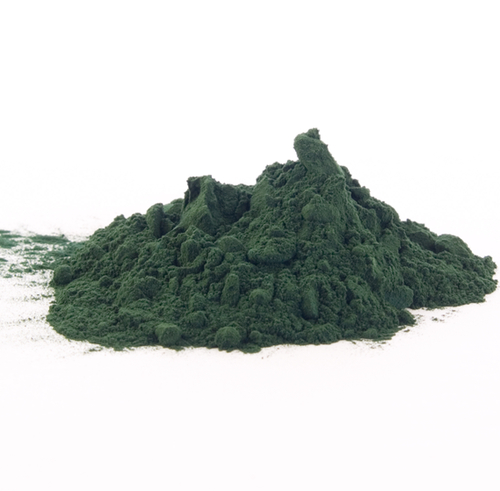
Background
Blue-green algae produce blue-green colored pigments and are high in protein, iron, and other minerals. They grow in saltwater and some large freshwater lakes. They have been used for food for several centuries in Mexico and some African countries. In the US, they've been sold in supplements since the late 1970s.
People use blue-green algae for treating high blood pressure and as a protein supplement. It's also used for high levels of cholesterol or other fats (lipids) in the blood, diabetes, obesity, and many other conditions. But there is no good scientific evidence to support these other uses.
Some blue-green algae products are grown under controlled conditions. Others are grown in a natural setting, where they're more likely to be contaminated. Only use products that have been tested and are free of contaminants such as heavy metals, liver toxins called microcystins, and harmful bacteria. Don't confuse blue-green algae with other algaes, like Ascophyllum nodosum, Ecklonia cava, Fucus Vesiculosis, or Laminaria.
Safety Safety definitions
But blue-green algae products that are contaminated are possibly unsafe. Contaminated blue-green algae can cause liver damage, vomiting, weakness, rapid heartbeat, shock, and death. Don't use any blue-green algae product that hasn't been tested and found to be free of microcystins and other contaminants.
Special Precautions & Warnings:
Pregnancy and breast-feeding: There isn't enough information available to know if it is safe to use blue-green algae when pregnant or breast-feeding. Contaminated blue-green algae products contain harmful toxins that might be transferred to an infant during pregnancy or through breast milk. Stay on the safe side and avoid use.Children: Blue-green algae are possibly unsafe for children. Children are more sensitive to contaminated blue-green algae products than adults.
Auto-immune diseases such as multiple sclerosis (MS), lupus (systemic lupus erythematosus, SLE), rheumatoid arthritis (RA), pemphigus vulgaris (a skin condition), and others: Blue-green algae might cause the immune system to become more active, and this could increase the symptoms of auto-immune diseases. If you have one of these conditions, it's best to avoid using blue-green algae.
Surgery: Blue-green algae might lower blood sugar levels. There is some concern that it might interfere with blood sugar control during and after surgery. Stop using blue-green algae at least 2 weeks before a scheduled surgery.
Effectiveness
- High blood pressure. Taking blue-green algae by mouth seems to reduce blood pressure in some people with high blood pressure.
Dosing & administration
Interactions with pharmaceuticals
Medications for diabetes (Antidiabetes drugs)
Interaction Rating=Moderate Be cautious with this combination.
Blue-green algae might lower blood sugar levels. Taking blue-green algae along with diabetes medications might cause blood sugar to drop too low. Monitor your blood sugar closely.
Medications that decrease the immune system (Immunosuppressants)
Interaction Rating=Moderate Be cautious with this combination.
Blue-green algae can increase the activity of the immune system. Some medications, such as those used after a transplant, decrease the activity of the immune system. Taking blue-green algae along with these medications might decrease the effects of these medications.
Medications that slow blood clotting (Anticoagulant / Antiplatelet drugs)
Interaction Rating=Moderate Be cautious with this combination.
Blue-green algae might slow blood clotting. Taking blue-green algae along with medications that also slow blood clotting might increase the risk of bruising and bleeding.
Interactions with herbs & supplements
Herbs and supplements that might slow blood clotting: Blue-green algae might slow blood clotting and increase the risk of bleeding. Taking it with other supplements with similar effects might increase the risk of bleeding in some people. Examples of supplements with this effect include garlic, ginger, ginkgo, nattokinase, and Panax ginseng.
Iron: Blue-green algae can decrease the amount of iron the body can absorb. Taking blue-green algae with iron supplements might decrease the effects of the iron supplement.
Interactions with foods
Products
View all products- Arthrospira platensis (Spirulina) 3 g
- Brassica oleracea var. italica ext. 75 mg
- Camellia sinensis ext. 300 mg
- Silybum marianum ext. 250 mg
- Quercetin dihydrate 150.4 mg
- Levomefolate glucosamine (Activated folate) 444.92 µg equiv. levomefolic acid 250 µg
- Glutamine 2.5 g
- Glycine 500 mg
- Punica granatum ext. 25 mg
- Retinol palmitate 409.9 mg equiv. vitamin A 225 µg RE
- Mecobalamin (Vitamin B12) 500 µg
- Pyridoxal 5-phosphate monohydrate (P5P) 18.26 mg equiv. pyridoxine 12.5 mg
- Chlorella vulgaris powder 3 g
- Arthrospira platensis (Spirulina) 1.68 g
- Wheatgrass powder 1.12 g
- Medicago sativa powder 160 mg
- Hordeum vulgare powder 160 mg
- Chlorella pyrenoidosa powder
- Spinacia oleracea (Spinach) 80 mg
- Brassica oleracea var. acephala (leaf) powder (Kale) 80 mg
- Brassica oleracea var. italica (sprout) powder
- Inulin (Dietary fibre)
- Pea (fibre) sprouted
- Lepidium meyenii (root) powder
- Saccharomyces cerevisiae (boulardii) (SB) 200 mg
- Tremella fuciformis powder 200 mg
- Pouteria lucuma (fruit) powder
- Oryza sativa (Brown rice protein)
- Lentinula edodes powder 160 mg
- Quinoa (sprout) powder
- Malpighia glabra powder 120 mg
- Grifola frondosa powder 80 mg
- Schisandra chinensis powder 80 mg
- Stevia rebaubiana
- Beta vulgaris (root) powder (Beetroot)
- Daucus carota juice dry
- Davidson plum powder
- Backhousia citriodora (leaf) powder
- Kakadu plum powder 80 mg
- Banana resistant starch powder
- Tasmannia lanceolata powder
- Citrus australasica
- Arthrospira platensis (Spirulina) 1 g
- Chlorella pyrenoidosa powder 333 mg
- Wheatgrass powder 333 mg
- Inulin (Dietary fibre) 800 mg
- Lactobacillus acidophilus 5 billion CFU
- Bifidobacterium bifidum 3 billion CFU
- Bifidobacterium lactis 5 billion CFU
- Bifidobacterium longum 1 billion CFU
- Cynara scolymus powder 500 mg
- Hordeum vulgare 200 mg
- Malus (Apple) 200 mg
- Brassica oleracea var. acephala (leaf & sprout) powder (Kale) 100 mg
- Ananas comosus (Pineapple) 240 mg
- Spinacia oleracea (Spinach) 67 mg
- Beta glucan 50 mg
- Resveratrol 10 mg
- Ananas comosus (Pineapple oil) 65 mg
- Linum usitatissimum (seed) (Flaxseed) 400 mg
- Oryza sativa (Rice bran) 500 mg
- Pea protein isolate 1 g
- R-alpha lipoic acid 67 mg
- Thiamine hydrochloride (Vitamin B1) 400 µg
- Niacinamide (Vitamin B3) 5.3 mg
- Pyridoxine hydrochloride (Vitamin B6) 567 µg
- Riboflavin (Vitamin B2) 434 µg
- Pantothenic acid (Vitamin B5) 1.7 mg
- Cyanocobalamin (Vitamin B12) 0.8 µg
- Ergocalciferol (Vitamin D) 3.8 µg
- Ascorbic acid (Vitamin C) 333 mg
- d-alpha-Tocopheryl acid succinate 100 mg
- Ubidecarenone (Coenzyme Q10) 8 mg
- Copper gluconate 225 µg
- Potassium phosphate dibasic 104 mg
- Folic acid 67 µg
- Biotin 10 µg
- Silica - colloidal anhydrous 14 mg
- Magnesium citrate 42 mg
- Zinc amino acid chelate 10 mg
- Chromium picolinate 10 µg
- Calcium citrate 132 mg
- Manganese amino acid chelate 1.4 mg
- Selenomethionine 30 µg
- Beta-carotene carotenoids (Vitamin A) 1.7 mg
- Citrus bioflavonoids extract 500 mg
- Citric acid anhydrous 150 mg
- Rosmarinus officinalis powder 68 mg
- Taraxacum officinale ext. 33 mg
- Vaccinium myrtillus powder 200 mg
- Glycyrrhiza glabra powder 67 mg
- Crataegus monogyna ext. 29 mg
- Astragalus membranaceus ext. 67 mg
- Vitis vinifera ext. 67 mg
- Camellia sinensis ext. 67 mg
- Ganoderma lucidum powder 21 mg
- Lentinula edodes powder 21 mg
- Aloe barbadensis ext. 500 mg
- Zingiber officinale powder 67 mg
- Eleutherococcus senticosus ext. 1 g
- Centella asiatica ext. 67 mg
- Withania somnifera ext. 67 mg
- Silybum marianum ext. 67 mg
- Arctium lappa ext. 21 mg
- Rosa canina powder 168 mg
- Lycium barbarum 33 mg
- Beta vulgaris (root) powder (Beetroot) 167 mg
- Daucus carota powder (Carrot) 83 mg
- Carica papaya (Papain) 250 mg
- Lecithin 725 mg
- Laminaria digitara (Kelp) 8 mg
- Natural vanilla flavour
- Natural pineapple flavour
- Thaumatin
- Stevia rebaubiana
- Luo Han Guo (fruit) ext. (Monk fruit)
- Xanthan gum
- Brassica oleracea var. italica powder 150 mg
- Malpighia glabra ext. 267 mg
- Theobroma cacao powder 100 mg
- Arthrospira platensis (Spirulina) 750 mg
- Chlorella pyrenoidosa powder 750 mg
- Wheatgrass powder 450 mg
- Hordeum vulgare powder 750 mg
- Calcified lithothamnion (Red algae) 300 mg
- Arthrospira platensis (Spirulina) 643 mg
- Brassica oleracea var. italica powder 100 mg
- Silybum marianum ext. 500 mg
- Schisandra chinensis ext. 200 mg
- Cynara scolymus ext. 800 mg
- Hordeum vulgare 883 mg
- Chlorella pyrenoidosa powder 100 mg
- Rosmarinus officinalis ext. 50 mg
- Coriandrum sativum powder 50 mg
- Galium aparine ext. 160 mg
- L-glutamine 800 mg
- Trimethylglycine (TMG) 300 mg
- Methylsulfonylmethane (MSM) 100 mg
- Calcium D-glucarate 100 mg
- Taurine 60 mg
- L-cysteine 50 mg
- Ascorbic acid (Vitamin C) 80 mg
- Magnesium citrate 8 mg
- Zinc citrate 5 mg
- R-alpha lipoic acid 25 mg
- Apple pectin 320 mg
- Natural lemon lime flavour
- Xylitol
- Glycine
- Stevia rebaubiana
- Citric acid anhydrous
- Arthrospira platensis (Spirulina) 550 mg
- Chlorella pyrenoidosa powder 550 mg
- Wheatgrass powder 330 mg
- Hordeum vulgare powder 550 mg
- Calcified lithothamnion (Red algae) 220 mg
- Arthrospira platensis (Spirulina) 500 mg
- Galium aparine ext. 500 mg
- L-glutamine 2 g
- Zinc sulphate monohydrate 41 mg equiv. zinc 15 mg
- Curcuma longa ext. 152 mg
- Glycyrrhiza glabra deglycyrrhizinised ext. 313 mg
- Coriandrum sativum ext. 56 mg
- Fucus vesiculosus ext. 50 mg
- Pectin 500 mg
- Larix occidentalis (arabinogalactan) (Larch) 1 g
- Magnesium citrate 1.3 g equiv. magnesium 210 mg
- Arthrospira platensis (Spirulina) 370 mg
- Inulin (Dietary fibre)
- Marine collagen peptides 250 mg
- Lepidium meyenii (root) powder
- Lactobacillus rhamnosus (LR-32)
- Bifidobacterium longum (BL-05)
- Zinc
- Cannabis sativa powder 520 mg
- Linum usitatissimum (seed) flour (Flaxseed) 250 mg
- Wheatgrass powder
- Sunflower lecithin
- Citrus limon (juice) (Lemon)
- Ananas comosus (Pineapple)
- Ascorbic acid (Vitamin C)
- Euterpe oleracea (berry) ext. (Acai)
- Chlorella pyrenoidosa powder
- Lycopersicon esculentum (Tomato)
- Apple pectin
- Beta vulgaris (root) powder (Beetroot)
- Citric acid anhydrous
- Citrullus lanatus (Watermelon)
- Fragaria ananassa (juice) powder (Strawberry)
- Garcinia mangostana (fruit) powder
- Punica granatum juice dry
- Carica papaya (fruit) powder
- Vaccinium macrocarpon (fruit) powder
- Natural vanilla flavour
- Lycium barbarum (fruit)
- Aristotelia chilensis (Maqui berry)
- Silybum marianum powder
- Astragalus membranaceus (root) powder
- Equisetum arvense (herb) powder
- Laminaria digitara (Kelp)
- Silica - colloidal anhydrous
- Daucus carota powder (Carrot)
- Camellia sinensis powder
- Withania somnifera (root) powder
- Eleutherococcus senticosus (root) powder
- Echinacea purpurea (root) powder
- Melissa officinalis powder
- Taraxacum officinale (leaf) powder
- Zingiber officinale (root) powder
- Rosa canina powder
- Vaccinium myrtillus (fruit) powder
- Ulmus rubra (bark) powder
- Mushroom powder
- Kakadu plum powder
- Calcium pantothenate (Vitamin B5)
- Panax ginseng powder
- Curcuma longa (root) powder
- Backhousia citriodora (leaf)
- Thaumatin
- Ananas comosus (Bromelain)
- Protease
- Phyllanthus emblica (fruit) powder
- Morindae officinalis (fruit) powder
- Marine algae
- Malpighia glabra (fruit) powder
- Medicago sativa 200 mg
- Sambucus nigra (fruit)
- Vaccinium corymbosum (fruit) powder
- Hordeum vulgare powder 200 mg
- Salvia hispanica (seed) powder
- Arthrospira platensis (Spirulina) 228 mg
- Green banana starch 654 mg
- Wheatgrass powder 654 mg
- Hordeum vulgare (leaf) powder (Barley) 654 mg
- Green lentil
- Mung bean (sprout)
- Spinacia oleracea
- Acacia sp. 1.99 g
- Bacillus subtilis 1 billion CFU
- Brassica oleracea var. acephala (leaf) powder (Kale)
- Cucurbita pepo (seed)
- Linseed
- Chia (seed)
- Cynara scolymus
- Taraxacum officinale (root)
- Petroselinum crispum
- Chlorella vulgaris 450 mg
- Apple flavour
- Citric acid anhydrous
- Siraitia grosvenorii (Monk fruit)
- Agave sp.
- Arthrospira platensis (Spirulina) 125 mg
- Lactobacillus plantarum (LP14) 1 billion CFU
- Grifola frondosa ext. 25 mg
- Silybum marianum ext. 87.5 mg
- Yeast 25 mg equiv. selenium 50 µg
- Lutein 2.5 mg
- Lactobacillus acidophilus (LA01) 1 billion CFU
- Bifidobacterium breve 0.5 billion CFU
- Lactobacillus casei 0.5 billion CFU
- Lactobacillus fermentum 0.5 billion CFU
- Lactobacillus reuteri 0.5 billion CFU
- Lactobacillus plantarum 0.25 billion CFU
- Tremella fuciformis ext. 12.5 mg
- Polyporus umbellatus ext. 25 mg
- Dunaliella salina 50 mg
- Cynara scolymus powder 50 mg
- Chlorella vulgaris 25 mg
- Lactobacillus rhamnosus 2.5 billion CFU
- Arthrospira maxima powder (Spirulina) 100 mg
- Iron amino acid chelate 120 mg equiv. iron 24 mg
- Thiamine hydrochloride (Vitamin B1) 12.7 mg equiv. thiamine 10 mg
- Riboflavin (Vitamin B2) 10 mg
- Pyridoxine hydrochloride (Vitamin B6) 12.2 mg equiv. pyridoxine 10 mg
- Co-methylcobalamin (Vitamin B12) 200 µg
- Calcium ascorbate dihydrate (Vitamin C) 304.3 mg equiv. ascorbic acid 250 mg
- Spinacia oleracea (Spinach) 25 mg
- Levomefolate glucosamine (Activated folate) 376 µg equiv. levomefolic acid 200 µg

